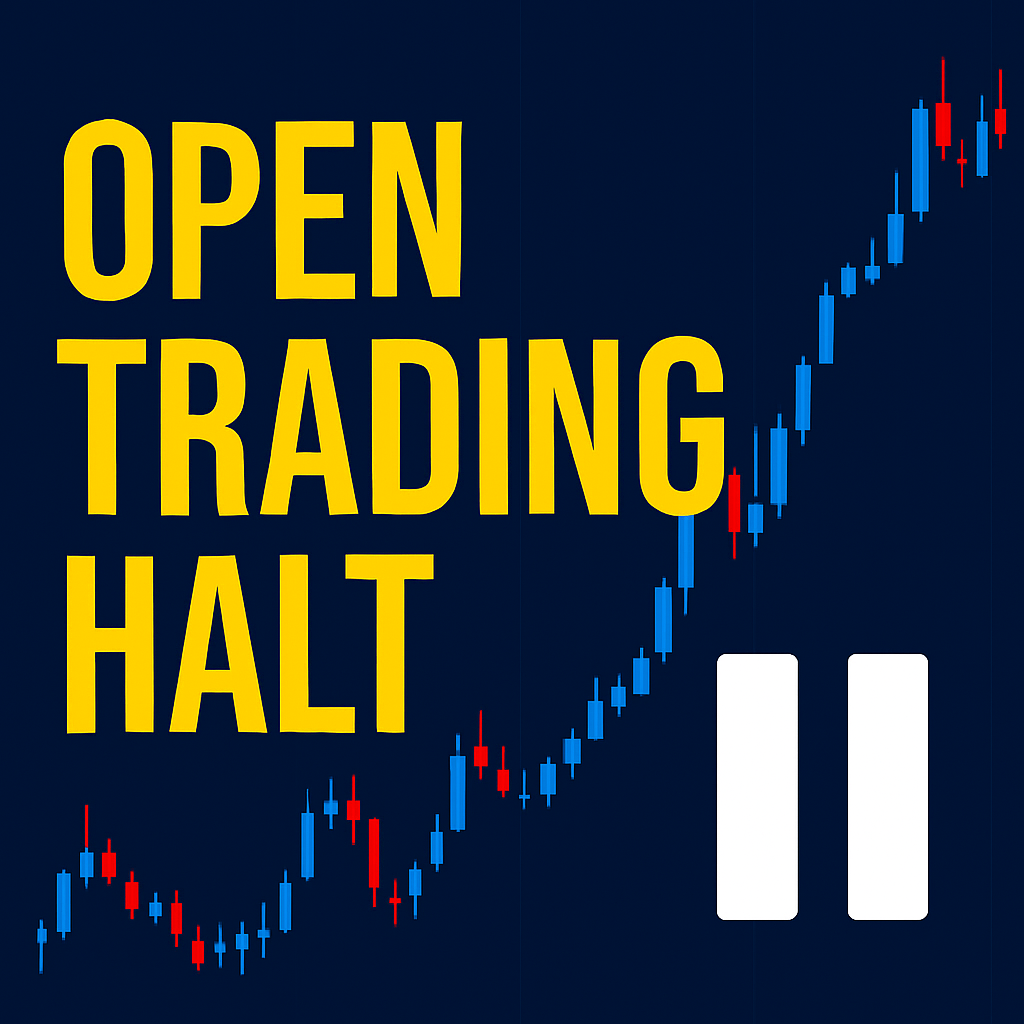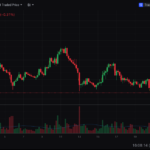OAn “open trading halt” is a temporary suspension of trading activity for a specific stock or multiple stocks. It’s typically triggered when there’s a major news release, unusual volatility, or regulatory concern that requires a pause to protect market participants.
🔍 Why Does a Trading Halt Happen?
A trading halt can occur for several reasons:
- Pending news: A company may request a halt if material information (like an acquisition, bankruptcy, or earnings) is about to be released.
- Extreme volatility: If a stock price moves too rapidly within a short timeframe, exchanges may pause trading to cool down market activity.
- Regulatory issues: The SEC or exchange might halt a stock due to compliance problems or irregularities.
🕒 How Long Does a Halt Last?
Most trading halts last between 15 minutes and an hour, depending on the situation. In some cases, especially during investigations or severe news, a stock can remain halted for an entire trading session or more.
🧠 What Investors Should Know
- Halt ≠ Panic: A trading halt doesn’t always mean bad news. It often reflects upcoming announcements that can go either way.
- Price gaps: Once the halt is lifted, the stock might open at a significantly different price — higher or lower — depending on the news impact.
- No orders: While halted, you cannot buy or sell the stock. Orders placed before the halt may not execute as expected once trading resumes.
🧩 Example: Why “Open Trading Halt” Is Trending
The term began trending again after a series of sudden halts affected multiple small-cap and tech stocks. Speculation arose over merger rumors, SEC investigations, and earnings leaks — causing traders to search the phrase and seek clarity.
Bottom line: Trading halts are essential tools to maintain market integrity. If you see a stock halted, don’t panic. Stay informed, analyze the news, and prepare your strategy for when trading resumes.







